Torksey Viaduct
Torksey Viaduct
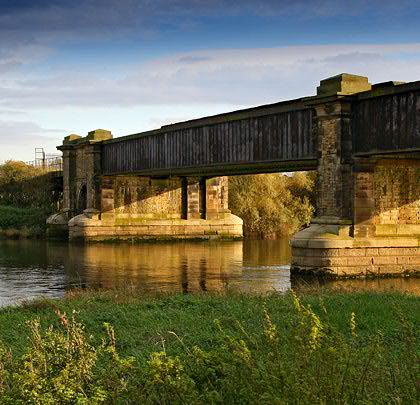
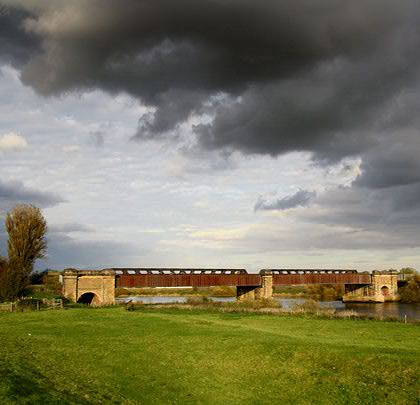
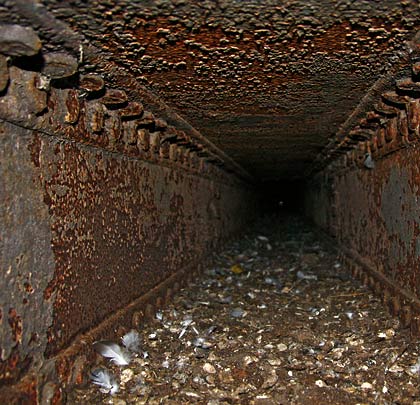
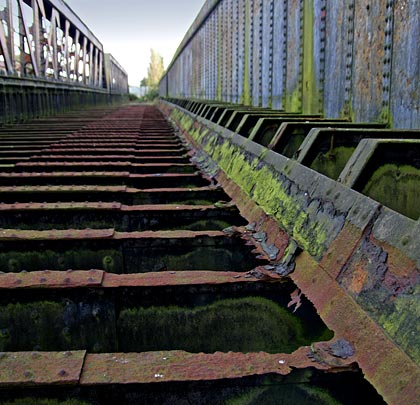
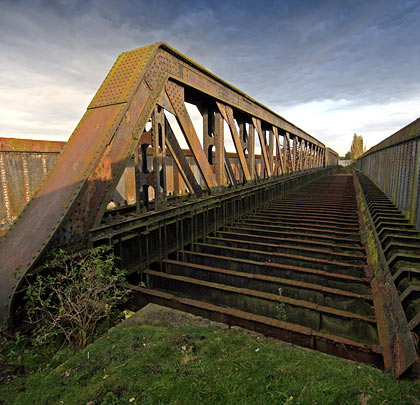
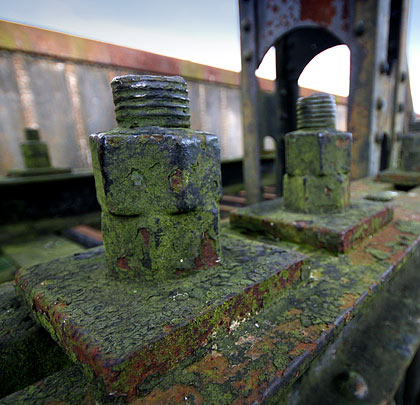

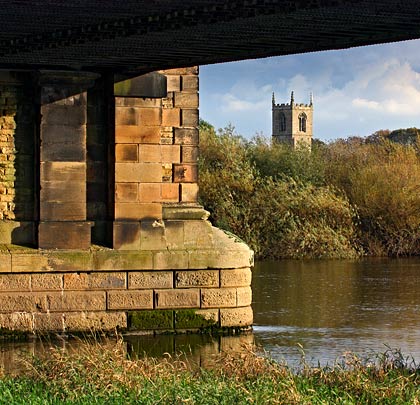
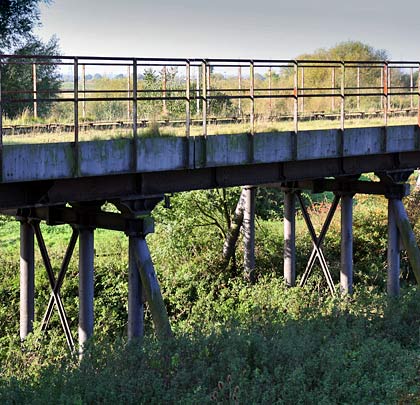
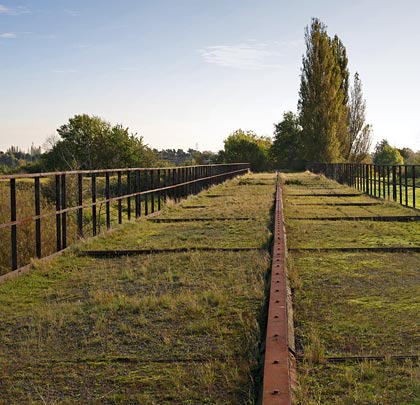










Built between 1847 and 1849 by the Manchester, Sheffield and Lincolnshire Railway, Torksey Viaduct is a rare surviving example of a tubular girder bridge. Designed by John Fowler who went on to co-engineer the Forth Rail Bridge, it comprises two 130-foot spans of the River Trent, fabricated from a pair of continuous wrought iron girders, rectangular in section. These are supported on a single central pier. At the eastern side is a 570-foot approach viaduct of 20 spans.
The structure was bold and innovative, but the Board of Trade’s inspector, Captain Lintorn Simmons, refused to grant permission for it to be opened, having “entertained doubts as to the ultimate security” of the bridge. The engineering profession espoused Fowler’s side in the controversy which followed. The first train eventually crossed it in April 1850 after four months of technical argument.
In both 1877 and 1897, increasing traffic loads resulted in the bridge being strengthened. The latter scheme involved a conventional steel lattice girder being inserted centrally into both main spans whilst the northern girders were moved out to maintain track clearances.
The line closed to passengers on 2nd November 1959. The viaduct is protected by a Grade II* listing but this has not prevented its appearance on English Heritage’s ‘Buildings at Risk’ register.
Early in 2016, Sustrans opened a footpath across the viaduct, with the formal ceremony taking place on 22nd April. There remains an aspiration to establish bike and horse access onto the structure, as well as extending the path further west along the former railway embankment.







